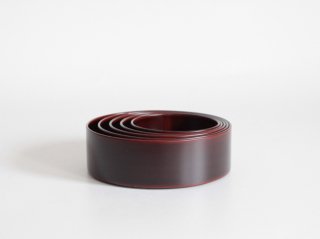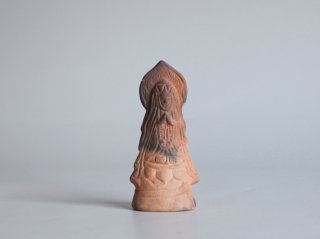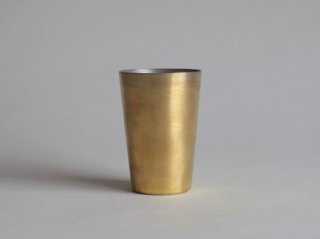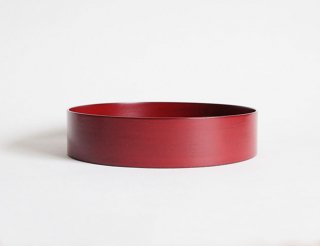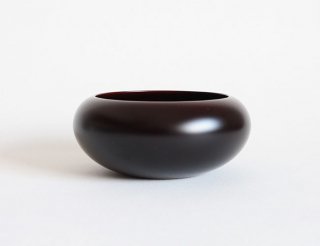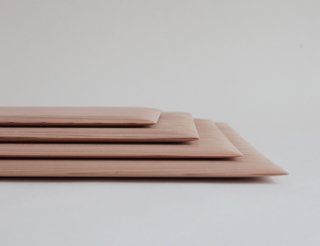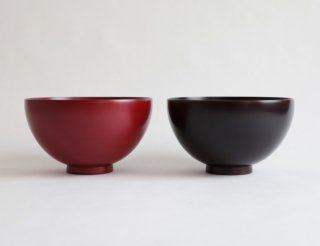Artists and Brands
- 浅井 庸佑
- 芦田 貞晴
- 厚川 文子
- 荒井 智哉
- 荒賀 文成
- 安藤 郁子
- 安藤 雅信
- 石黒幹朗
- 石原 祥充
- 伊藤 明美
- 井上 美樹
- 岩田 圭介
- 岩田 美智子
- 岩本 忠美
- 内田 鋼一
- 永木 卓
- 大谷 哲也
- 大谷 桃子
- 大村 剛
- 梶原 靖元
- 梶 なゝ子
- 柏木 円
- 金森 正起
- 川合 優
- 寒川 義雄
- 岸野 寛
- 紀平 佳丈
- 小島 陽介
- 小澄 正雄
- 猿山 修
- 島田 篤
- 清水 善行
- 城 進
- 杉田 明彦
- 須田 貴世子
- 竹俣 勇壱
- 棚橋 祐介
- 土田 和茂
- 辻村 塊
- 辻村 史朗
- 辻村 唯
- 津田 清和
- 中里 隆
- 中里 太亀
- 中里 花子
- 中里 健太
- 中野 知昭
- 中山 秀斗
- 長谷川 竹次郎
- 長谷川 まみ
- ハタノワタル
- 服部 竜也
- 浜野 まゆみ
- 林 友子
- 福森 雅武
- 福森 道歩
- 古谷 朱里
- 古谷 宣幸
- 細川 護光
- 真木テキスタイルスタジオ
- 水垣 千悦
- 水野 克俊
- 三谷 龍二
- 三藤 るい
- 三笘 修
- 三野 直子
- 宮岡 麻衣子
- 望月 通陽
- 森岡 成好
- 森岡 由利子
- 矢野 直人
- 山田 洋次
- 山本 忠正
- 吉田 佳道
- 渡辺 遼
- 東屋
- 白木屋傳兵衛
- 千 sen
- TIME & STYLE
- TAjiKA
- つちや織物所
- 土楽窯
- 野田琺瑯
- ヒムカシ
- 百草
- mon Sakata
- bowlpond
- paisano
- ワランワヤン インドネシア
- ワランワヤン モロッコ
- やまほん陶房
- studio yamahon
Category
- めし碗 Rice bowls
- 汁椀 Soup bowls
- 湯呑・汲み出し Tea cups
- カップ・グラス Glasses
- 小皿・豆皿 Small plates
- 中皿・大皿 Plates
- 小鉢・豆鉢 Small bowls
- 中鉢・大鉢 Bowls
- 酒器 Sake vessels
- 片口・注器・ボトル Pitchers, Bottles
- 急須・土瓶・ケトル Teapots, Kettles
- 鍋・耐熱皿 Pots, Casseroles
- カトラリー Cutleries
- 盆・敷板 Trays
- 弁当箱・重箱 Bneto boxes
- 花器 Vases
- 茶筒・蓋物 Containers
- 茶碗・茶道具 Tea tools
- キッチン道具 Kitchen
- 服・布製品 Clothes
- アクセサリー Accessory
- 本・CD Books, CDs
- 生活雑貨 Home
- そうじ道具 Cleaning tools
- オブジェ Artworks
中里 花子

中里花子 Hanako Nakazato
現在、唐津とアメリカ・メイン州にある2箇所の工房を半年ずつ行き来しながら作陶する中里花子。日本の独特な食文化に目覚め、大学卒業後帰郷し、中里隆より陶芸を学びます。2000年の東京、万葉洞での親子展を皮切りに、以後日本やアメリカ各地で数々の個展を開催。2ヵ国の食文化や民族性の違いを肌で感じて作られた器は多様な料理を受け止めてくれます。
Currently, Hanako Nakazato lives and makes works at her two studios in Japan, Karatsu and in the USA, State of Maine. During her stay in the USA, she discovered the uniqueness of Japanese food culture. She came back to Japan after graduating from the university and learned ceramics from Takashi Nakazato, who is his father. In 2000, she started her career with a father and daughter exhibition at the gallery Manyoudo in Tokyo. After that, she held numerous solo exhibitions in various parts of Japan and in the USA. Vessels made by feeling the difference between food culture and ethnicity of the two countries will go well with diverse dishes.
経歴
| 1972年 | 唐津に生まれ育ち、16歳で単身渡米。 Smith College 美術学部卒業後、父、中里隆に陶芸を学ぶ。 デンマーク、ロイヤルコペンハーゲン及び、米国アンダーソンランチアートセンターにて研修。 |
| 2000年 | ヴァ―モント州、マルコムライト氏のもとで5年間作陶。 この年より、東京万葉洞での親子展をスタートに日本、アメリカ各地で個展活動を開始。 |
| 2007年 | 唐津にmonohanako設立。 |
| 2010年 | monohanakowestをアメリカ、メイン州に設立。 現在、毎年半年ずつ日米を行き来し作陶。 |
| 2018年 | 京都やまほんにて個展 |
-
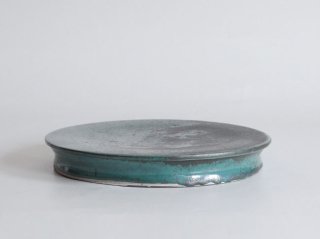 台皿 GRN
台皿 GRN
33,000円(税込)


